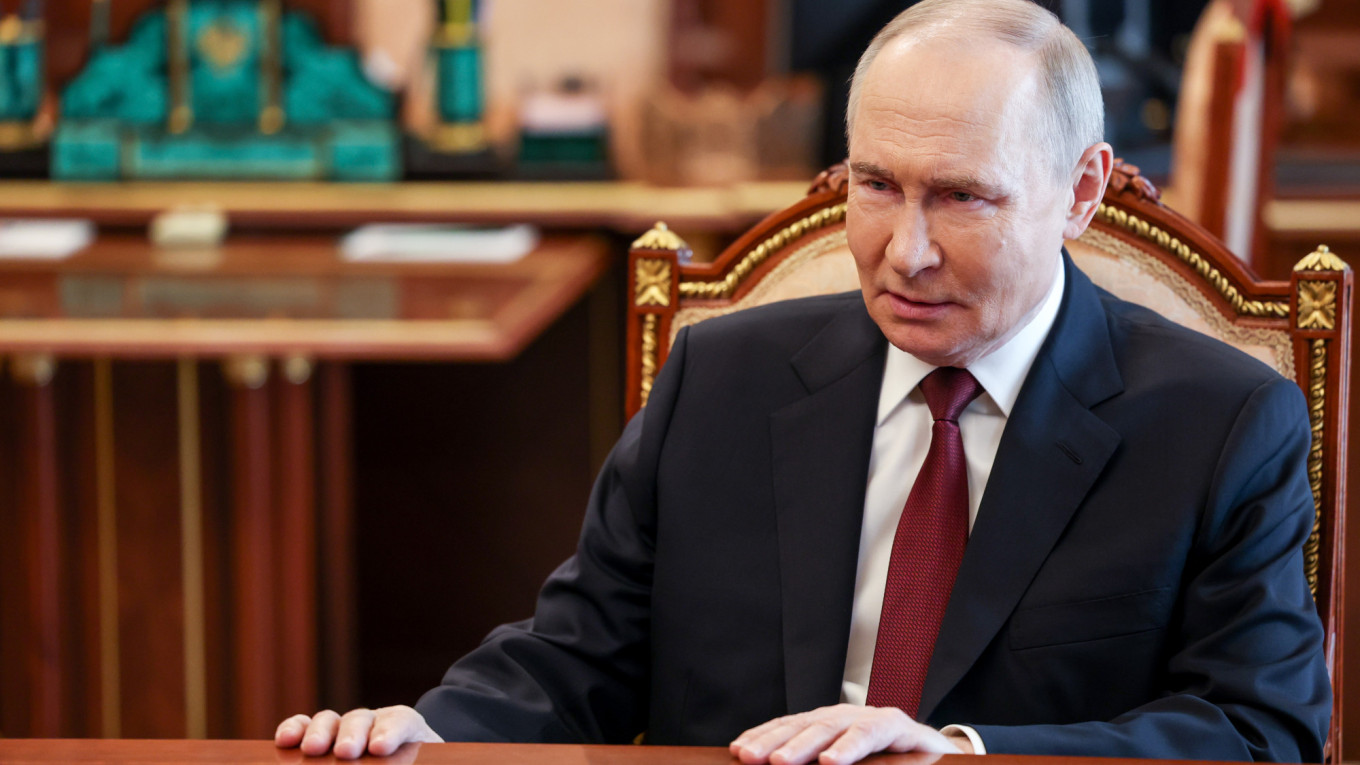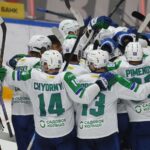On Saturday, the Kremlin revealed that Russian President Vladimir Putin has declared a temporary ceasefire for Easter in Ukraine. This announcement came as both Russia and Ukraine reported the exchange of hundreds of prisoners of war, facilitated by the United Arab Emirates.
Putin stated during a televised session with General Staff Chief Valery Gerasimov, “In light of humanitarian concerns, Russia will observe an Easter ceasefire from 6:00 p.m. [Moscow time] today until midnight between Sunday and Monday. I am commanding the suspension of all military operations during this timeframe.” He further emphasized that Russian forces must remain vigilant and prepared to react to any violations of the ceasefire or provocations from adversaries.
Initially, Ukrainian President Volodymyr Zelensky rejected the prospect of a truce, contending that Russian forces were conducting airstrikes on Ukraine precisely as the ceasefire was meant to start. “Regarding yet another maneuver by Putin concerning human lives – air raid sirens are sounding across Ukraine. At 5:15 p.m., we detected Russian attack drones in our airspace,” Zelensky posted on X. He criticized the use of Shahed drones, highlighting Putin’s disregard for both the Easter holiday and human life.
However, later that day, Zelensky suggested he might consider backing the temporary ceasefire if it could lead to a broader and unconditional peace agreement, similar to a proposal set forth by the United States in March. “If a full ceasefire is genuinely established, Ukraine is willing to discuss extending it beyond Easter, April 20. This will truly reveal Russia’s intentions,” he asserted. “Thirty hours can generate headlines, yet they fall short for effective confidence-building measures. Thirty days could provide an opportunity for peace.”
As of his latest updates, Ukraine’s Commander-in-Chief indicated that Russian assaults were persisting across several frontline areas and artillery fire from Russia had not diminished. The governor of Kherson, a region in southern Ukraine, reported continued drone strikes from Russia, adding that there was sadly no slowdown in hostilities, as civilians remained under threat.
A Russian diplomat, speaking anonymously to The Moscow Times, suggested that the Kremlin’s ceasefire announcement was driven by multiple aims, beyond the “humanitarian” reasoning provided by Putin. “Our president is achieving several objectives with a single action,” the diplomat remarked. “It’s a message to Trump, who expects quick progress towards halting the conflict. It also serves to demonstrate that we value Christian principles.”
The diplomat continued, “Additionally, this aims to depict President Zelensky as an unreliable negotiating partner in the eyes of the U.S. president.”
The Russian Defense Ministry soon confirmed receipt of Putin’s ceasefire order, stating that the truce would be maintained by Russian forces only if reciprocated by Ukraine. The Ministry also announced the exchange of 246 Ukrainian prisoners of war for an equal number of Russian captives, adding that an extra 31 wounded Ukrainian soldiers were traded for 15 injured Russian soldiers as a goodwill gesture.
Zelensky later verified the prisoner swap, reporting that 277 Ukrainian soldiers had returned home and sharing images and videos of the servicemen upon their release.
During the Kremlin’s televised meeting on Saturday, Gerasimov informed Putin that all six Russian military groupings were making advances along 11 fronts in eastern and southern Ukraine. He claimed that 99.5% of the Kursk region had been “liberated,” stating that Russian forces were continuing counteroffensive operations to remove Ukrainian troops from the border area.
Gerasimov declared, “The main territory in the Kursk region that was invaded has now been freed, covering an area of 1,260 square kilometers.”
On the same day, the Russian Defense Ministry reported capturing a village in the Kursk region that was previously held by Ukrainian forces, shortly following a surprise attack in the strategically important town of Sudzha.
Without directly addressing the Russian military’s assertions, Zelensky communicated that his chief military commander had assured him that Ukrainian forces maintained control over some areas of the border region. “Our forces carried on with operations within the Kursk region today, securing their positions. In the Belgorod region, our troops have made advancements, expanding our area of control,” he noted on X.
The announcement of Russia’s Easter ceasefire and the prisoner exchange occurred shortly after U.S. President Donald Trump warned he might withdraw from peace negotiations concerning Ukraine unless both Russia and Ukraine exhibited a commitment to progress in the forthcoming days.
On Friday, the Kremlin indicated that a 30-day suspension of attacks on Ukraine’s energy infrastructure, the only significant concession Trump had secured thus far from Moscow, had come to an end.
Reporting contributed by Pyotr Kozlov.

